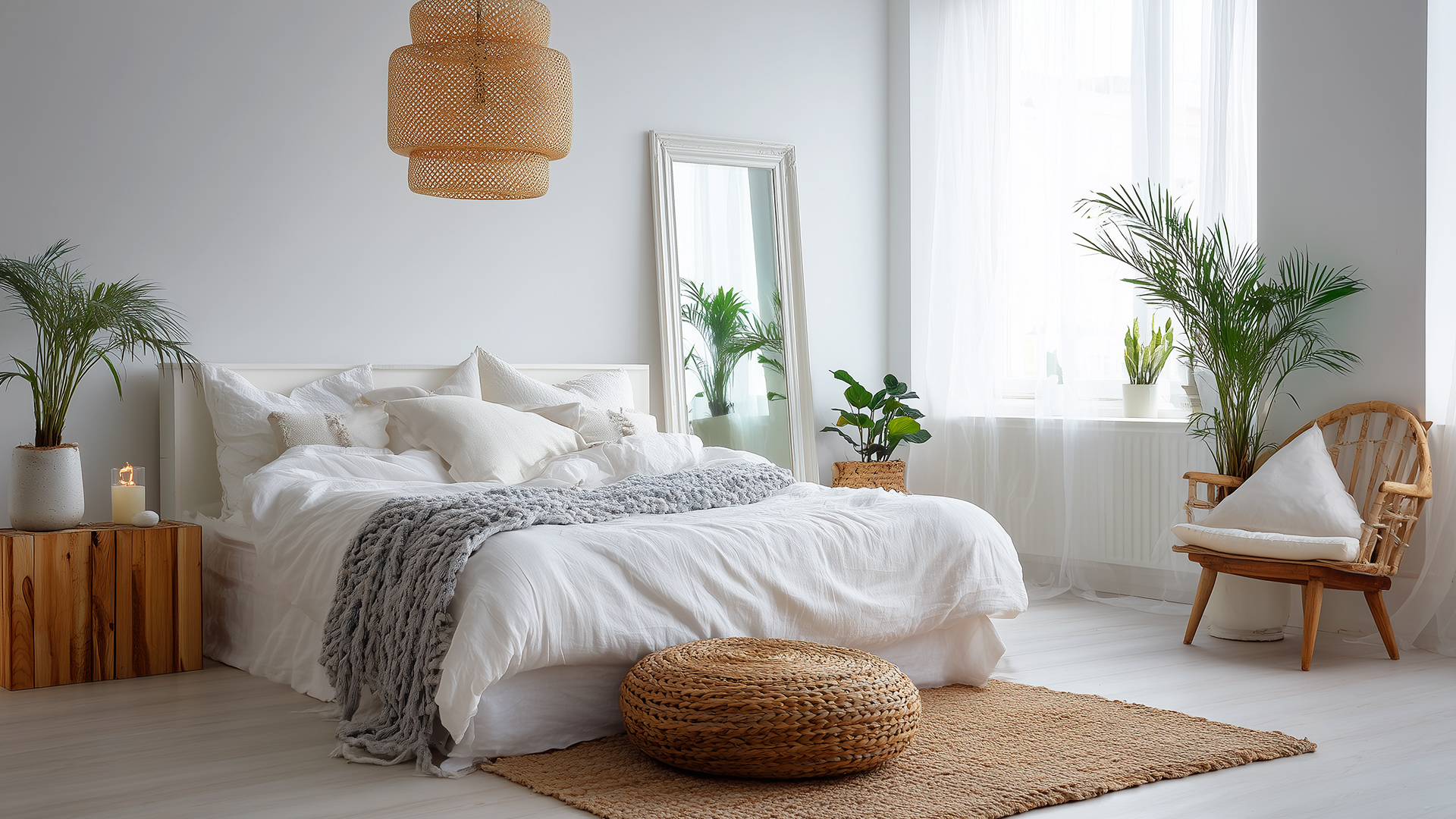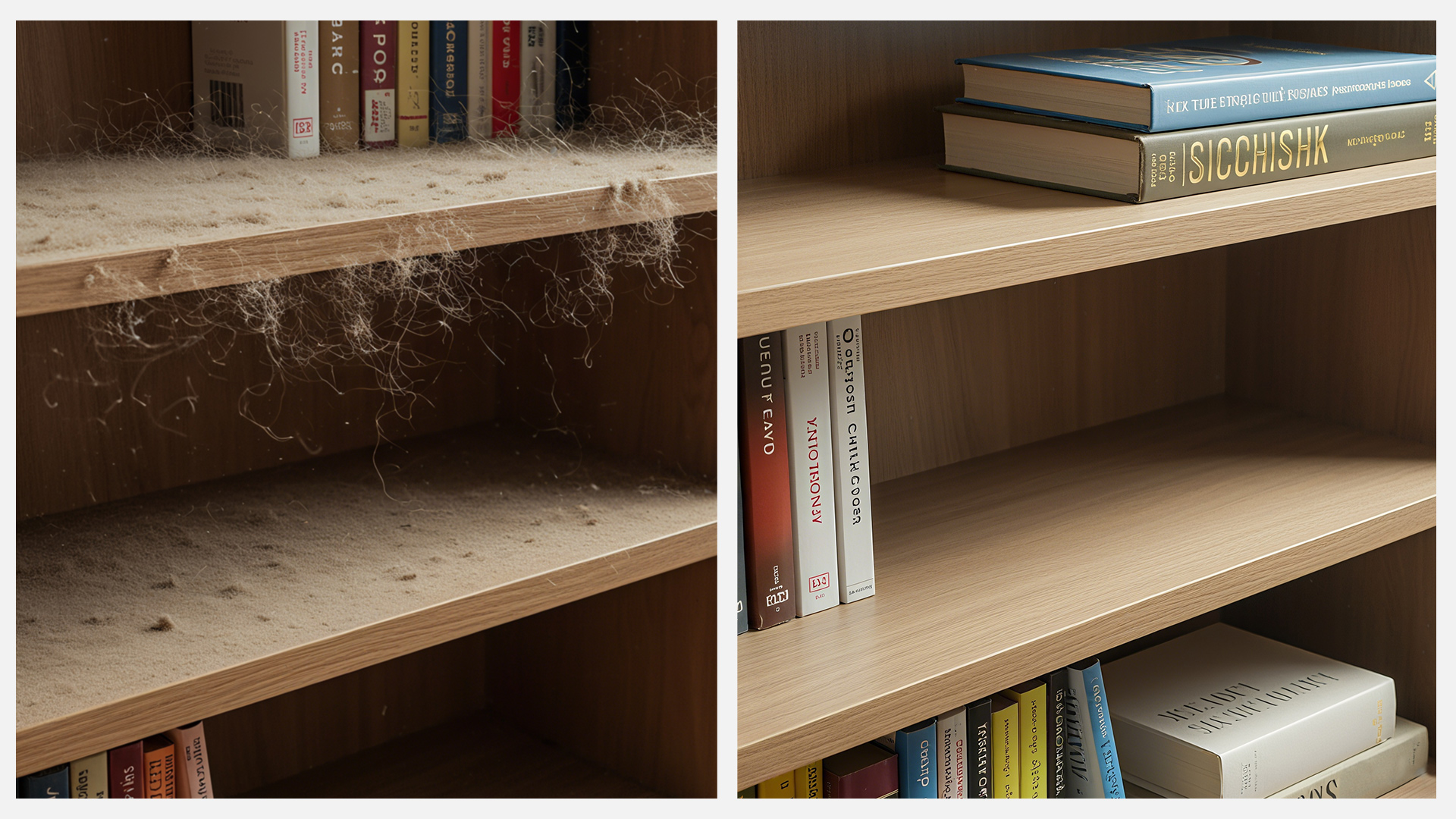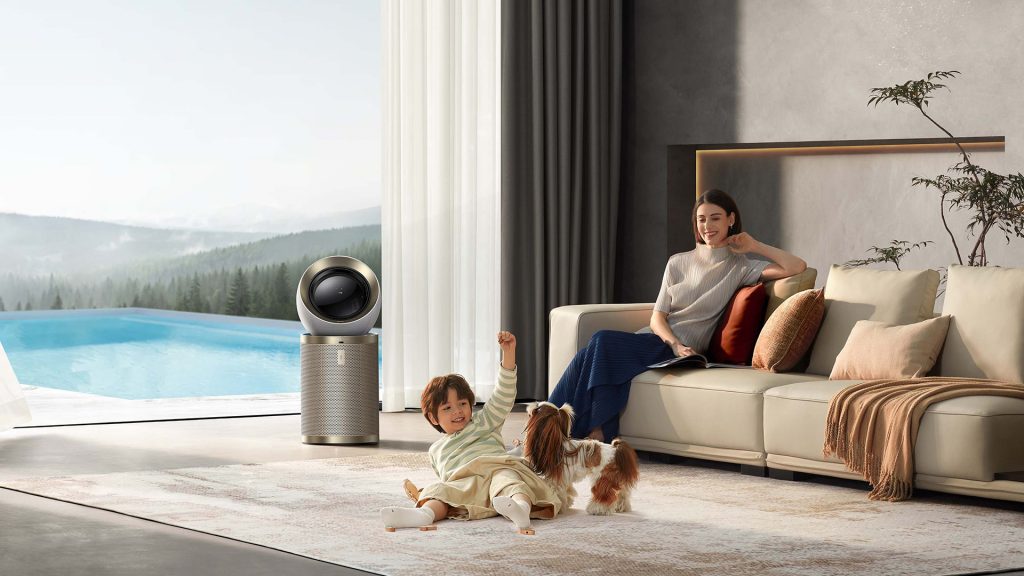
Do you struggle with constantly dusting your home? You may have faced this situation where you dust your shelves, but within hours, a fine layer of dust comes back. Well, we know dusting repeatedly is frustrating, as it not only takes your time but also leads to health issues like allergies or asthma, and it also looks unappealing too.
You may wonder, can an air purifier really help keep dust at bay, or is it just another gadget? The good news is that air purifiers with HEPA filters can effectively capture airborne dust, improve air quality, and keep you healthy. In this blog, we’ll explore how air purifiers work, whether air purifiers help with dust, what to look for, and practical tips to reduce dust in your home.
Table of Content
- Why Dust Is a Problem Indoors
- How Air Purifiers Tackle Dust
- Choosing the Right Air Purifier for Dust
- Common Myths About Air Purifiers and Dust
Why Dust Is a Problem Indoors
Dust is not just a mere dust. It’s a mix of particles like pollen, pet dander, skin cells, mold spores, and PM2.5 (fine particles from air pollution). Dust triggers allergies in some individuals. If you are constantly sneezing, have itchy eyes, or have worsening asthma, dust is to blame. The EPA notes that indoor PM2.5 can be 2-5 times higher than outdoor levels, which is the main culprit. While dust settles on surfaces, it also stays airborne, making it hard to eliminate without proper devices.

Where Does Indoor Dust Come From?
Dust usually comes from the following sources:
- Pets shed dander.
- Open windows let in pollen or street dust.
- Foot traffic, bringing in dirt.
- Household activities like cooking or vacuuming without HEPA filters.
How Air Purifiers Tackle Dust
Air purifiers are designed to suck in dirty air, filter it, trap pollutants, and dispense clean and pure air. This keeps dust at bay and soothes your allergies. Let’s learn more about how air purifiers tackle dust in detail.
The Role of HEPA Filters
HEPA air filter for a dusty room is specially designed to capture up to 99.97% of airborne particles as small as 0.3 microns, including dust, pollen, VOCs, and pet dander. HEPA is the gold standard, per AHAM and EPA guidelines, unlike ionic air purifiers that may produce ozone.

Clean Air Delivery Rate (CADR) Explained
The Clean Air Delivery Rate (CADR) is a measure of how quickly an air purifier cleans the air, with higher ratings indicating better performance for dust. For example, an air purifier with a CADR of 200 for dust is ideal for a 300-square-foot room.
You should check AHAM Verified certifications for reliable CADR ratings.
Limitations of Air Purifiers
Air purifiers do reduce airborne dust, but they don’t stop dust from settling on surfaces or prevent it at the source. For instance, an air purifier won’t stop pet dander from shedding, but it can catch it before it spreads.
Modern air purifiers, such as those from Dreame, often utilize high-efficiency HEPA filters to effectively tackle dust. At the same time, we recommend using an air purifier in conjunction with a robot vacuum to resolve the dust problem in your home effectively.
Choosing the Right Air Purifier for Dust
Look out for the following features to choose the ideal air purifier to capture dust.
- HEPA filters for dust capture.
- High CADR for dust (check AHAM ratings).
- Room size compatibility (e.g., a 200-square-foot air purifier for a small bedroom).
- Quiet operation (under 50 decibels for bedrooms).
- Energy efficiency (look for Energy Star certification).
All of these features are present in the Dreame Air Purifier PM20. It is equipped with HEPA filters that can effectively capture 99.97% of pollutants as small as 0.3 µm in diameter. It also operates with minimal noise, at only 60 dB, making it ideal for bedrooms.

Common Myths About Air Purifiers and Dust
Let’s shed some light on the common myths people have about air purifiers.
Myth 1: Air Purifiers Eliminate All Dust:
Most people believe that air purifiers eliminate all sorts of dust. In truth, they reduce airborne dust but don’t stop it from forming or settling.
Myth 2: All Air Purifiers Are Equal:
Not every air purifier is equally effective. Only HEPA-based air purifiers have been proven to capture dust; others (e.g., UV or ionic) may be less effective or pose risks.
Myth 3: You Don’t Need to Clean If You Have an Air Purifier:
While air purifiers complement your cleaning efforts, they are not a substitute for thorough cleaning. You should still regularly clean your home.
Conclusion
Air purifiers equipped with HEPA filters are incredibly effective tools for significantly reducing dust in your indoor air. They actively capture tiny airborne particles, which can greatly relieve allergies and generally improve your indoor air quality, making your home a healthier and more comfortable space.
It’s important to remember, though, that while air purifiers excel at removing dust from the air, they can’t eliminate the source of dust or clean up dust that has already settled on surfaces. For optimal results, air purifiers work best when used in conjunction with regular cleaning. Try placing a purifier in your bedroom and vacuuming at least once a week to truly see and feel the difference in the air quality of your home.
References